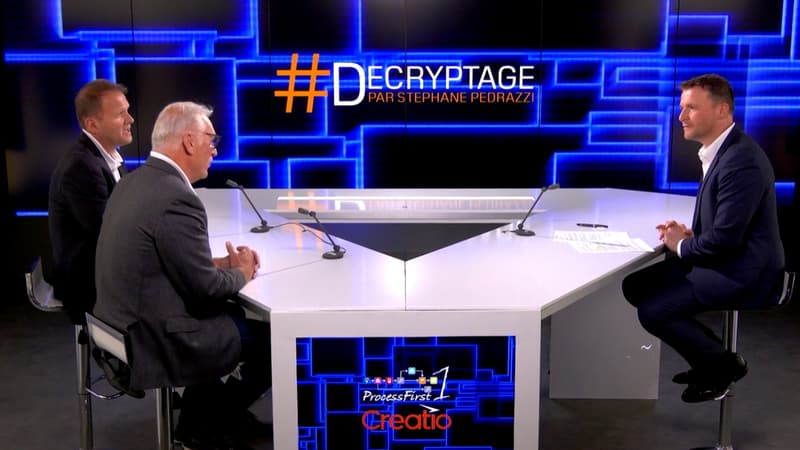According to Gartner, by 2025 at least 70% of new applications will use low-code or no-code technologies. In 2020, this figure was only 25%. How do you explain this progression?
Olivier de Chantérac: The digitization of companies has multiple consequences. One of them is that many information systems are now aging, even obsolete. There is a need to redesign entire (or partial) application systems. This is accompanied by new user requirements, such as having their applications available in the shortest possible time. Nowadays, companies must have the opportunity to develop their own applications. That’s what we do at ProcessFirst.
Stéphane Banon: Today, indeed, it is necessary to go fast. It’s about bridging the time between a business need (often related to a customer need). As a result, the demand for applications that is diversifying, both in number and in relation to the evolutions of the application itself, is increasing. In this context, lending a hand to people who are not necessarily IT specialists becomes an asset for the company, which can thus respond to the demands of its business teams and customers.
How does this increase impact your ProcessFirst business and the solutions you offer, such as the Creatio platform?
OdC: We are approached in the context of information systems review needs, including full IS, based on the Creatio platform which, starting with CRM, now goes far beyond this topic. Thus, we far exceed the needs of a traditional customer relationship. We intervene on many topics. They can be financial, have very complex rules of calculation in the business needs of organizations or give rise to process revisions that will simplify the paths within the company. Example: we have reviewed all the management tools of the Order of Expert Surveyors.
SB: The Creatio platform and the associated methodology differentiate us from the rest of the market offer. We have a different approach to projects. We are talking here about a single platform with very solid foundations in terms of architecture and architectural flexibility. It allows to overcome, among other things, version update problems. If we take into account all the components of Creatio, the solution has everything to take a project from A to Z. It will take care of the management of data models, user profiles and rights, ergonomics, of the logic of processes and of the interface in terms of exchanges, etc. Without forgetting to mention an important component that is the logic of the market. I specify that Creatio will publish a book on the best receipts for the implementation of no-code applications within the framework of the use of the platform. It will be available from October 4th and will be introduced during an event that anyone can participate in!
What are your projects going to be in this context of success of low code/no-code?
OdC: We have big ambitions because our customers do too. They ask us to accompany them in time. We are asked to enrich our customers’ application and information assets over time. As we are working on bigger and bigger projects, we are in an active phase of growth which is accompanied by a recruitment campaign.
SB: In fact, we are looking for consultants who have a bit of experience. They must have the ability to quickly understand the business context in which a company operates. We are very flexible in our organization with teleworking possibilities, and we do not necessarily impose being 100% present in the office. To learn more and to contact us, visit ProcessFirst.
This content was produced with SCRIBEO. The BFMBUSINESS editorial team was not involved in the production of this content.
Source: BFM TV


